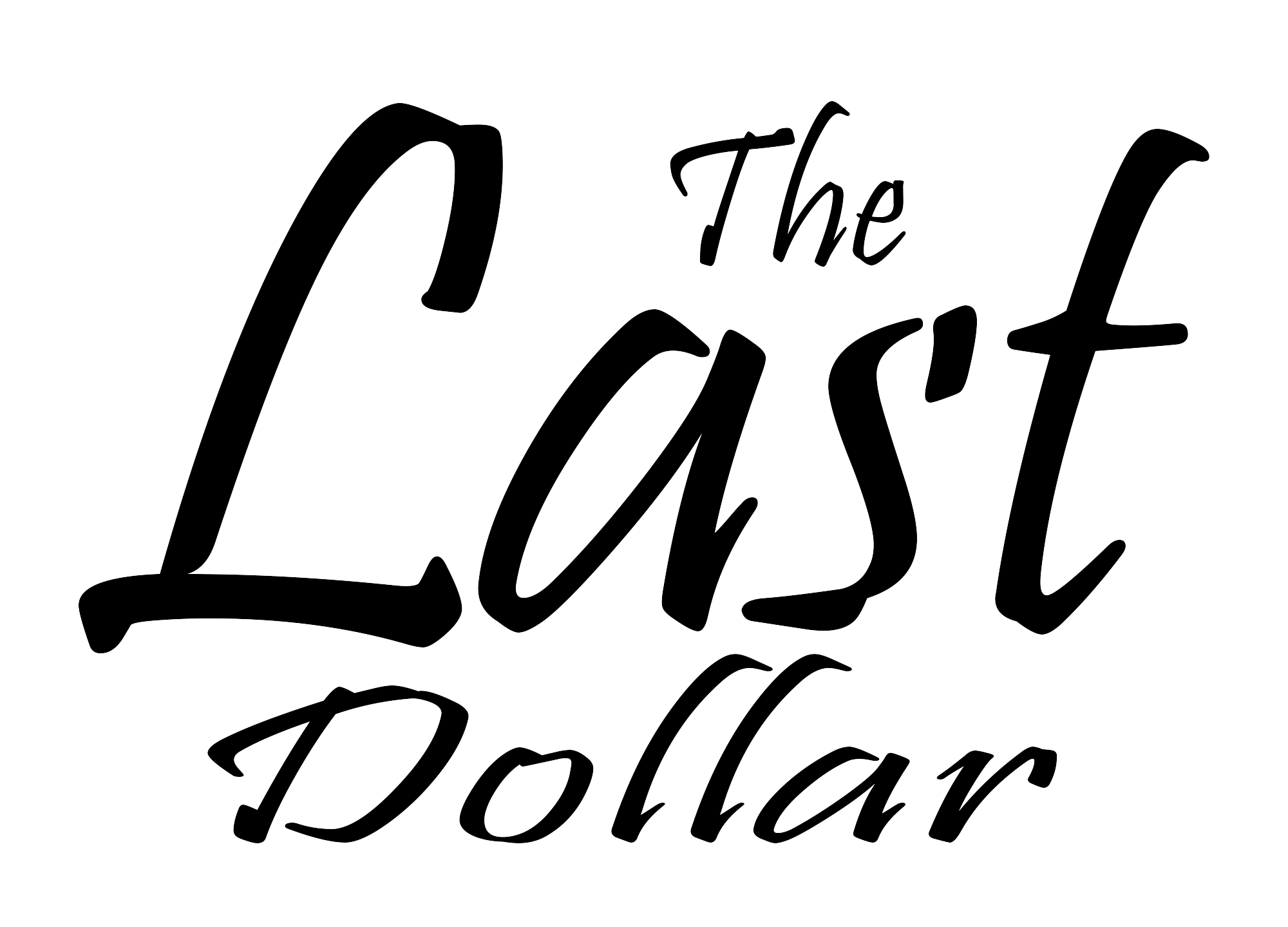When it comes to managing personal finances, one of the most common dilemmas people face is how to balance the need to pay down debt while also saving for retirement. Both are crucial financial goals, but pursuing them at the same time can seem challenging. The good news is that it is entirely possible to work towards both without sacrificing one for the other. Here’s how you can strike that balance:
1. Assess Your Current Financial Situation
Before making any financial decisions, take a clear look at your current financial situation. Create a detailed budget that includes all sources of income, monthly expenses, and outstanding debts. This will help you understand your cash flow and see where adjustments can be made. It will also give you a clear picture of how much you can realistically allocate toward debt reduction and retirement savings.
2. Prioritize High-Interest Debt
One of the most effective strategies for balancing debt reduction with retirement savings is focusing on high-interest debt first, such as credit card debt. High-interest debt can grow quickly, and paying it off as soon as possible will free up more money for other financial goals in the long run.
While it’s important to save for retirement, paying off high-interest debt can be more beneficial in the short term because the interest you’re paying on debt can outweigh any investment gains from retirement savings. Once you’ve tackled this high-interest debt, you can redirect those funds into your retirement account.
3. Contribute to Retirement Accounts Even with Debt
While it might be tempting to put all your extra cash toward debt, don’t neglect retirement savings completely. Contributing even a small amount to retirement accounts like a 401(k) or IRA can pay off in the long run. Many employers offer matching contributions to retirement accounts, which is essentially free money. Failing to contribute enough to take full advantage of employer matches means missing out on this valuable benefit.
Even if you can’t contribute the full 15% of your income to retirement savings right away, try to make contributions regularly, even if it’s just 3-5% of your salary. As you pay down debt, you’ll be able to gradually increase your retirement contributions over time.
4. Create a Debt Repayment and Retirement Savings Plan
A well-structured financial plan can help you effectively balance both goals. Consider using the debt snowball or debt avalanche method for debt repayment:
- Debt Snowball: This method involves paying off the smallest debt first, then moving on to the next smallest, and so on. While it may take longer to tackle larger debts, it can provide quick wins that keep you motivated.
- Debt Avalanche: With this approach, you pay off the debt with the highest interest rate first. This can save you more money in interest over time, though it may take longer to pay off the first debt.
Whichever method you choose, make sure to adjust your retirement savings contributions along the way. Start by contributing small amounts to retirement, then gradually increase contributions as you eliminate debts. This allows you to gain momentum in both areas.
5. Build an Emergency Fund
An emergency fund is essential for managing unexpected expenses without going deeper into debt. Aim to set aside at least three to six months’ worth of living expenses in a separate savings account. An emergency fund ensures that, even if something unexpected happens, you won’t have to dip into your retirement savings or accumulate more debt to cover the costs.
If building an emergency fund feels like a stretch while you’re paying off debt, try to save at least $1,000 as a starter fund and work your way up from there.
6. Consider Refinancing or Consolidating Debt
If you have significant debt, consider refinancing or consolidating loans to lower your interest rates. Refinancing can reduce monthly payments and make your debt more manageable, freeing up funds for retirement savings. For example, consolidating credit card debt into a lower-interest personal loan can help you pay off the debt more quickly while also lowering the amount you pay in interest.
7. Review and Adjust Regularly
Your financial situation and goals may change over time. Regularly review your budget and financial plan, making adjustments as needed. When you pay off a debt, you can allocate those payments toward retirement savings. Conversely, if your debt increases, you may need to scale back retirement contributions temporarily.
Also, track your progress to stay motivated. Seeing both your debt decrease and your retirement savings grow will give you the encouragement you need to keep going.
8. Take Advantage of Tax Benefits
Retirement accounts offer significant tax advantages that can benefit you in the long run. Contributions to traditional retirement accounts, like a 401(k) or IRA, may reduce your taxable income, potentially lowering your tax bill. Similarly, Roth IRAs allow your investments to grow tax-free.
By balancing debt reduction and retirement savings, you can ensure that you’re making progress toward both financial goals. If possible, consult with a financial advisor to create a tailored plan that meets your specific needs.
Conclusion: Debt Reduction and Retirement Savings
Balancing debt reduction and retirement savings doesn’t have to be an all-or-nothing proposition. By strategically prioritizing high-interest debt, contributing to retirement savings regularly, and adjusting your plan as needed, you can set yourself up for long-term financial success. It’s all about finding the right balance that works for your unique financial situation and making steady progress toward both goals.
Discover our expert blogs for insightful tips on managing your finances effectively! Also, don’t forget to follow us on X.












